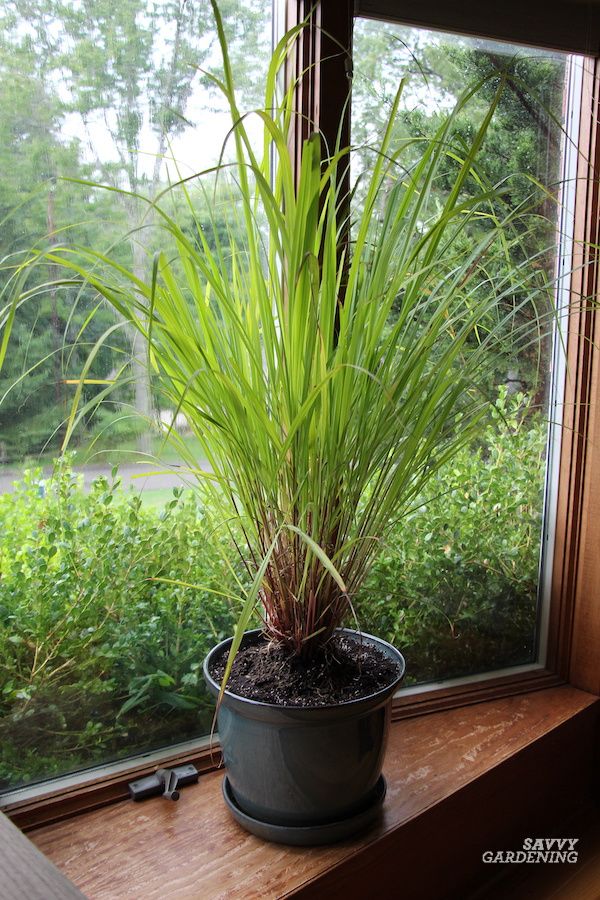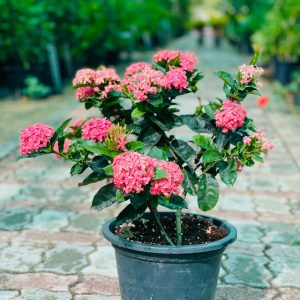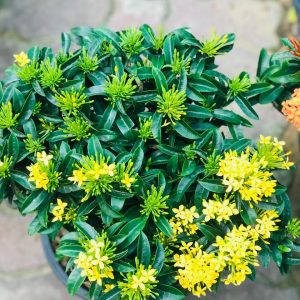Lemon Grass (Cymbopogon citratus)
Lemon Grass (Cymbopogon citratus) is a popular herb known for its refreshing citrus fragrance and culinary uses. Here is a detailed description of Lemon Grass along with some care tips to help you cultivate and enjoy this versatile plant:
Lemon Grass (Cymbopogon citratus) Appearance:
Lemon Grass (Cymbopogon citratus) is a perennial grass that forms clumps of long, slender leaves. The leaves are linear, strap-like, and have a vibrant green color. They can reach a height of 2 to 4 feet (60 to 120 cm) and have a distinct lemony aroma.
Lemon Grass (Cymbopogon citratus) Culinary uses:
Lemon Grass (Cymbopogon citratus) is widely used in culinary applications, particularly in Asian cuisine. The leaves are rich in essential oils that impart a lemony flavor and fragrance to dishes. They are commonly used in soups, curries, stir-fries, teas, and marinades. The lower portion of the stalk, which is tender and has a milder flavor, is often minced or pounded before adding to recipes.
Lemon Grass (Cymbopogon citratus) Growing conditions:
Lemon Grass (Cymbopogon citratus) thrives in warm and tropical climates. It prefers full sun exposure, as it requires at least 6 hours of direct sunlight per day. The plant can tolerate a wide range of soil types but prefers well-draining soil with good fertility. It is drought-tolerant and can withstand periods of dryness.
Lemon Grass (Cymbopogon citratus) Watering:
Lemon Grass prefers regular watering to keep the soil consistently moist but not waterlogged. Water the plant deeply whenever the top inch of soil feels dry. During hot and dry periods, it may require more frequent watering. Avoid overwatering, as it can lead to root rot.
Propagation:
Lemon Grass (Cymbopogon citratus) can be propagated from stalks or by division. To propagate from stalks, select healthy stalks and place them in a glass of water. Once roots develop, transfer the stalks to a pot with well-draining soil. For division, separate the clumps of Lemon Grass and replant them in individual pots or in the ground.
Pruning:
Regular pruning helps maintain the plant’s vigor and shape. Trim the outer leaves and remove any dead or damaged foliage. Pruning also encourages the growth of fresh, tender leaves with a stronger flavor.
Pests and diseases:
Lemon Grass is generally resistant to pests and diseases. However, occasional issues with aphids or mealybugs may arise. Regularly inspect the plant and treat any infestations promptly with organic pest control methods or insecticidal soap.
Harvesting:
Harvest the leaves of Lemon Grass as needed by cutting them close to the base. The lower portion of the stalk, which is more tender, is commonly used in cooking. The leaves can be used fresh or dried for later use. To dry the leaves, hang them in a cool, well-ventilated area until they become crisp.
Lemon Grass is not only a flavorful herb but also a delightful addition to gardens and landscapes. Its aromatic leaves and graceful appearance make it a popular choice for ornamental planting as well. With proper care and attention, you can enjoy the vibrant flavors and refreshing fragrance of Lemon Grass in your culinary creations and enjoy its beauty in your garden.







Reviews
There are no reviews yet.